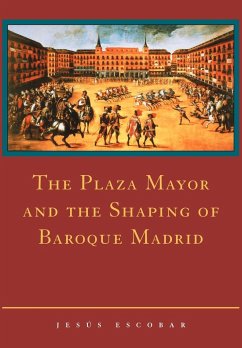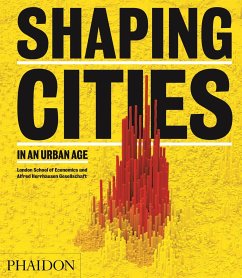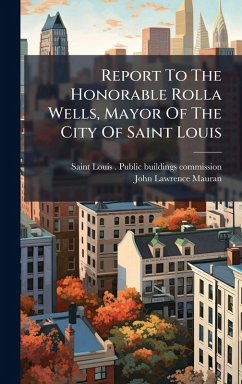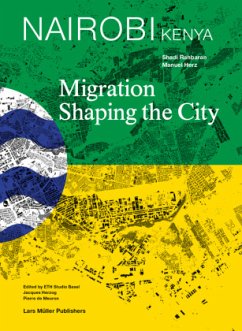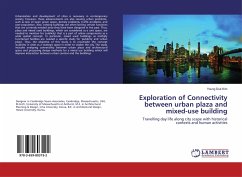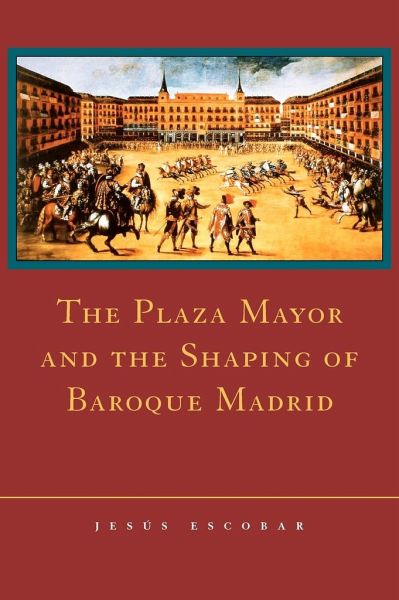
The Plaza Mayor and the Shaping of Baroque Madrid

PAYBACK Punkte
61 °P sammeln!
The Plaza Mayor and the Shaping of Baroque Madrid examines the transformation of Madrid from a secondary market town to the capital of the worldwide, Spanish Habsburg empire. Focusing on the planning and building of Madrid's principal public monument, the Plaza Mayor, it is based on analysis of archival documents, architectural drawings, as well as the surviving built fabric of the city itself. In this 2003 book, Jesús Escobar demonstrates how the shaping of the city square and its environs reflects the bureaucratic nature of government in Madrid chosen in 1561 to serve as a capital of Spain....
The Plaza Mayor and the Shaping of Baroque Madrid examines the transformation of Madrid from a secondary market town to the capital of the worldwide, Spanish Habsburg empire. Focusing on the planning and building of Madrid's principal public monument, the Plaza Mayor, it is based on analysis of archival documents, architectural drawings, as well as the surviving built fabric of the city itself. In this 2003 book, Jesús Escobar demonstrates how the shaping of the city square and its environs reflects the bureaucratic nature of government in Madrid chosen in 1561 to serve as a capital of Spain. He also examines the careful planning of the city, with particular regard to how the necessities of housing and public works that accompanied its new capital status were accommodated. The process reveals the sophistication of town planning in late sixteenth-century Spain and forces a reconsideration of Spanish urbanism within the contexts of contemporary European and Spanish colonial developments.





